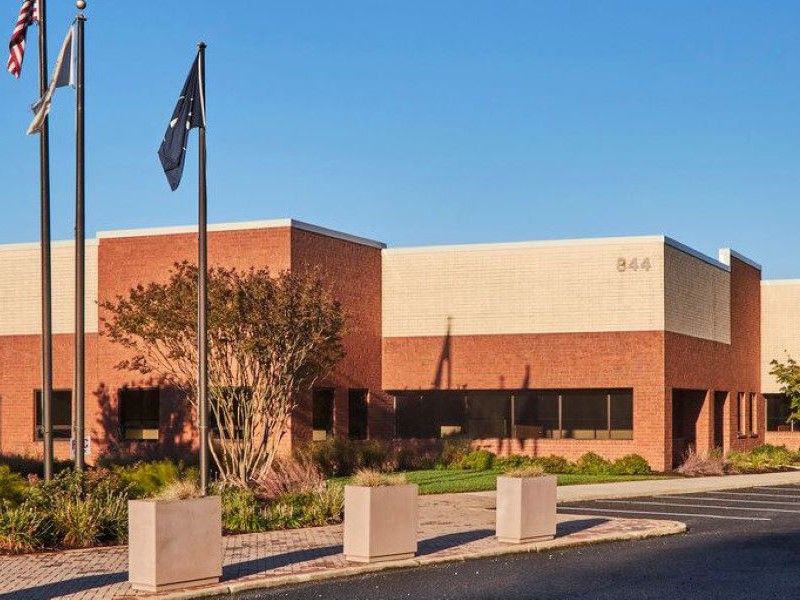Why Remote Work Creates Cash Flow Risk for Office REITs
Rent collections are stable, but most leasing activity currently consists of short-term commitments, notes Stephen Boyd of Fitch Ratings.

Stephen Boyd, Director of U.S. REITs, Fitch Ratings
For employees able to work remotely, the financial and health risks of the coronavirus pandemic are significantly lower than those faced by essential workers. But what are the risks to the owners of those office buildings that now stand largely vacant?
Working from home due to the coronavirus pandemic, coupled with office layoffs, are pressuring U.S. office REIT cash flows, a near-term trend also driven by limited new leasing activity. Recent tenant densification and the pervasiveness of long-term leases should mitigate the risk, to a degree.
The question many are asking is: “Will there be a permanent shift towards remote working?” While the answer is yet unknown, it is certain that it would reduce demand for new space and raise lease renewal risk.
Since the start of the pandemic, and despite government stay-at-home orders and safety concerns, the office REIT sector has been fairly resilient in terms of rent collections, partially due to average lease durations of 8-10 years. Looking ahead, only about 10 percent or less of office leases expire over the next few years. One sign of the times? Leases recently renewed are shorter in duration so tenants can have the time to assess all the implications of the pandemic and the related economic contraction.
Another mitigating factor
Another support built into the market that can benefit office REITs during this crisis is the low level of new supply, which will provide some support for sector fundamentals. Even so, demand will remain uncertain over the medium term as the post-pandemic need for space is determined by tenants. Other critical factors as tenants decide the future of their office footprint include business confidence, corporate profits and employment. Demand will also depend on how quickly densification is reversed to accommodate social distancing.
Low- to mid-single-digit same-store net operating income declines are expected in 2020, compared with median growth of 3 percent to 6 percent annually since 2012. A rebound to positive SSNOI in 2021 is assumed, with low- to mid-single-digit SSNOI growth in 2022 and 2023, due to a substantial recovery in occupancy as rent growth remains limited. The recovery in occupancy is expected to be a byproduct of an improving economy and pent-up demand.
More subdued demand for real estate could prove to be a headwind for a concomitant recovery in the sector.
The rating actions taken since the start of the pandemic were primarily due to the potential for leverage to increase as pandemic-related economic pressure builds, even after the outbreak subsides. There is also heightened concern about the ability to successfully lease-up properties.
So much has changed in our daily life since the coronavirus pandemic began, but the need to social distance has been among the most radical adjustments required. As a result, offices still stand empty despite some level of reopening across the county. REITs will face pressure, but mitigating factors are in play to support the sector through this difficult time.
Stephen Boyd, CFA, is a senior director in Fitch Ratings’ Corporates group.







You must be logged in to post a comment.